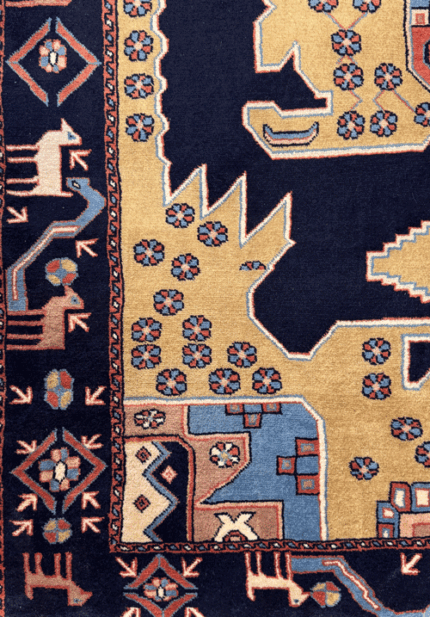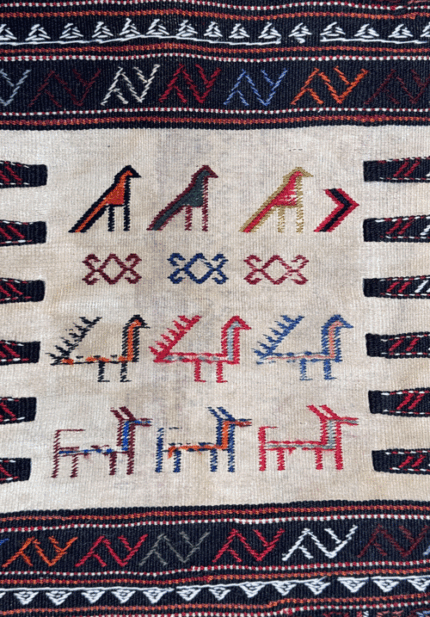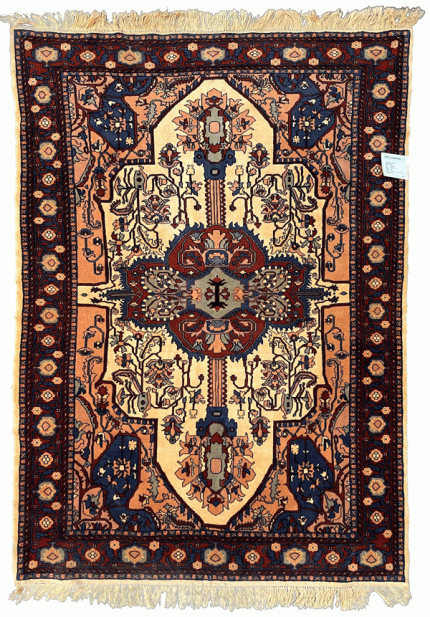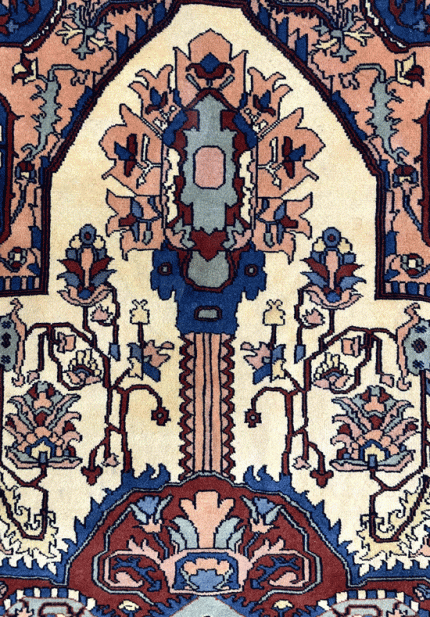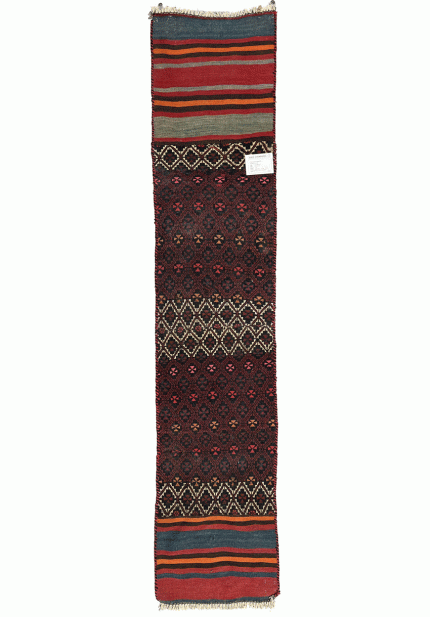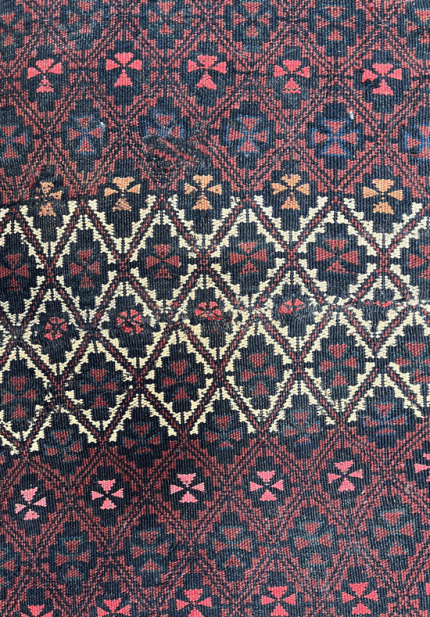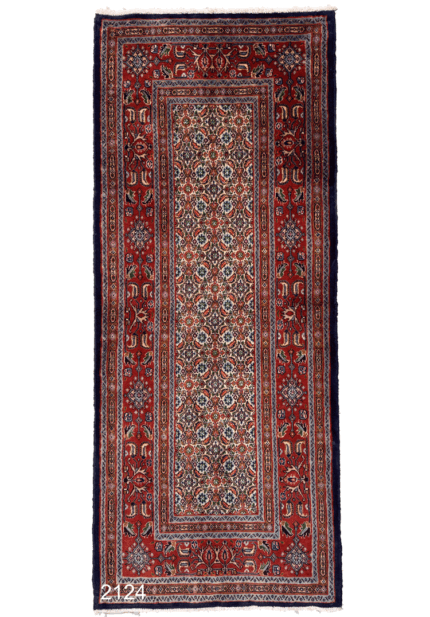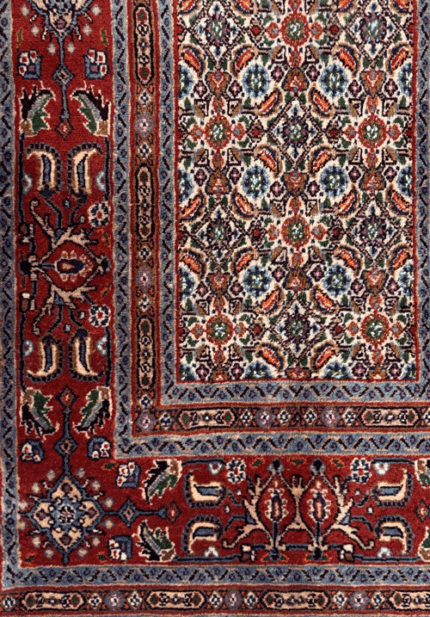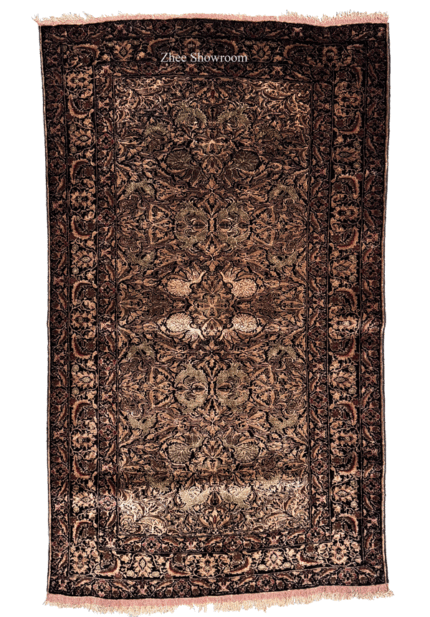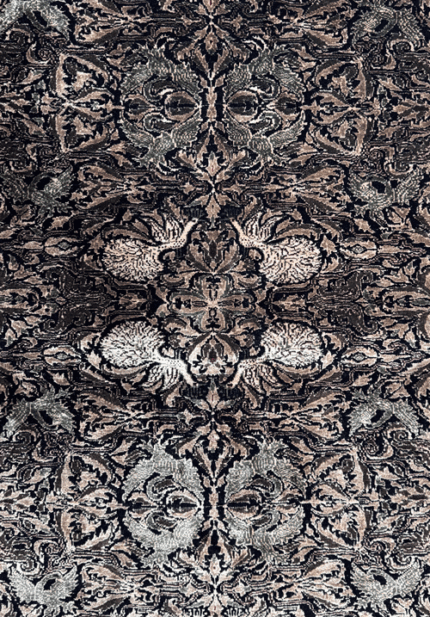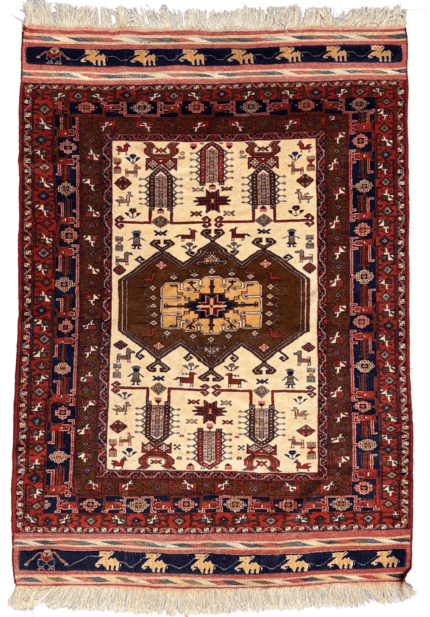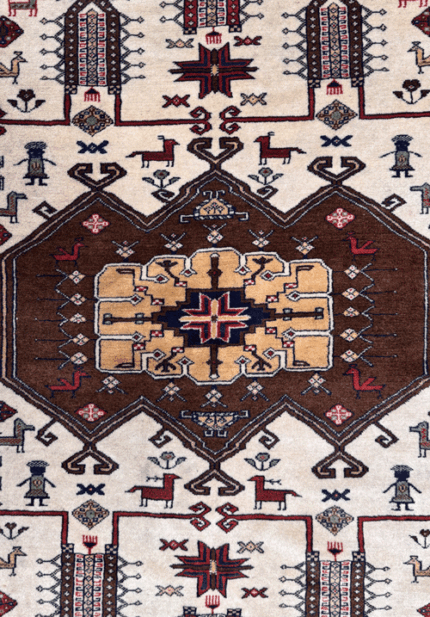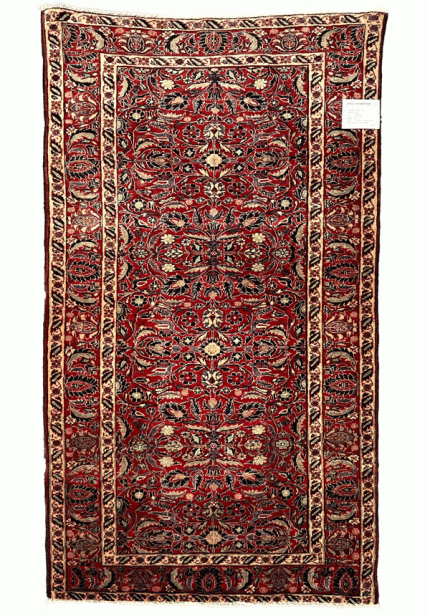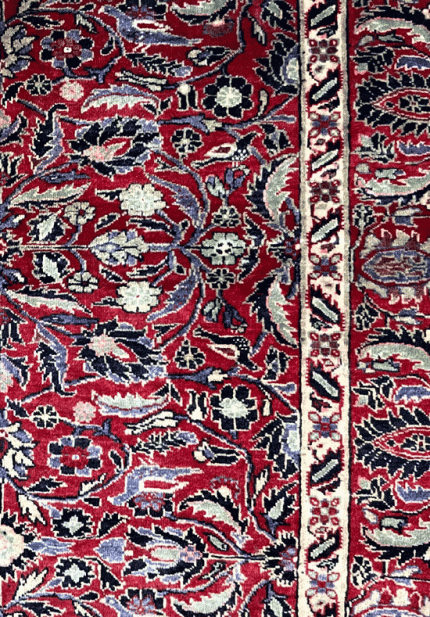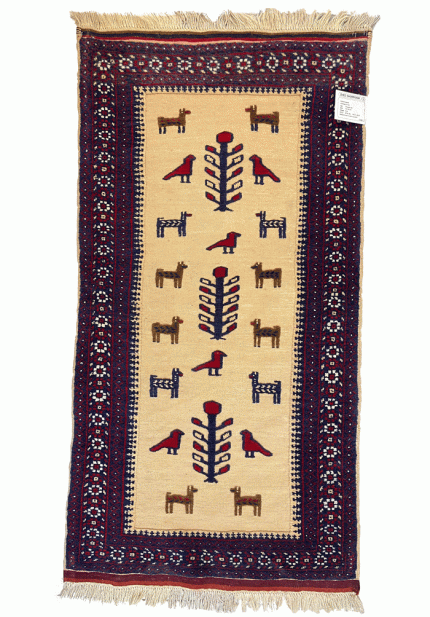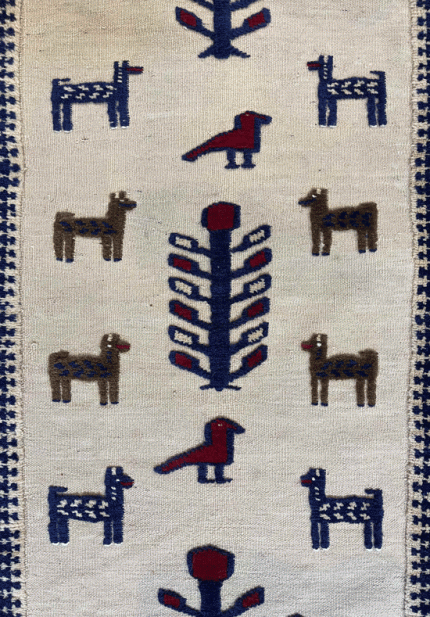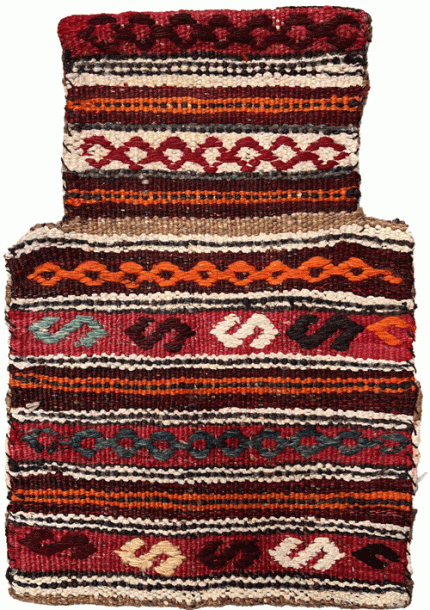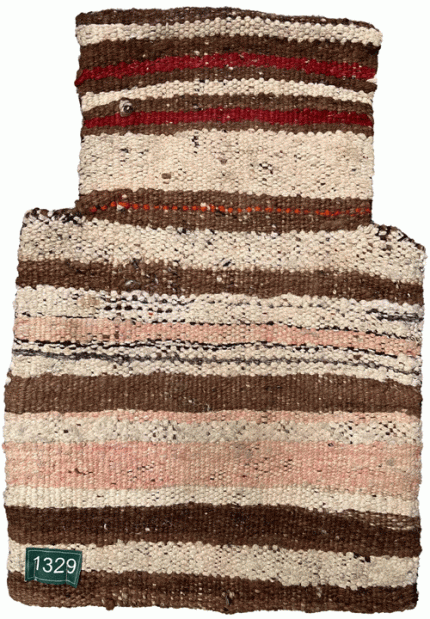Khorasan
Khorasan Rugs: Tribal and Regional Diversity from the Land of the Rising Sun
Located in eastern Iran, Khorasan is one of the most ethnically and culturally diverse carpet-producing regions of the country. With deep-rooted populations of Pars, Baluch, Kurd, and Turkmen peoples, the region offers a remarkable variety of tribal and village textiles, shaped by centuries of nomadic movement, settlement, and artistic interaction.
A significant portion of Baluch carpets woven in Iran come from Khorasan, particularly in the southern and eastern areas. These deep-colored, geometric tribal rugs—often using handspun wool—are among the darkest and most expressive in all of Iranian weaving. In the northwest, Kurdish weavers from Quchan produce richly symbolic sofreh textiles and pile rugs, while Turkmen communities in the northeast contribute silk-inlay carpets and flatweaves that reflect Tekke and Yomut heritage.
The city of Mashhad was once a major hub of classical carpet production, known for its large-scale workshop-woven rugs with floral medallion patterns and soft, luminous wool. Nearby, the town of Mood (Mud) became renowned for its fine curvilinear designs, favored in both Iranian homes and global interiors.
Among Khorasan’s most valuable tribal textiles are the saddlebag kilims (khorjins) of Kalat-e Naderi, known for their symmetry, saturated colors, and compact construction—some of the finest examples of nomadic utility art in Iran.
Historically, Greater Khorasan was more than a province—it was a vast and advanced civilization that included parts of modern-day Afghanistan, Turkmenistan, Uzbekistan, Tajikistan, and Kyrgyzstan. As a key crossroads of Silk Road trade and scholarship, Khorasan helped shape the development of textile design across Central and South Asia. The name itself means “Land of the Rising Sun”, a fitting tribute to a region that continues to illuminate the story of Iranian handmade carpets.
Showing 1–12 of 14 resultsSorted by latest


